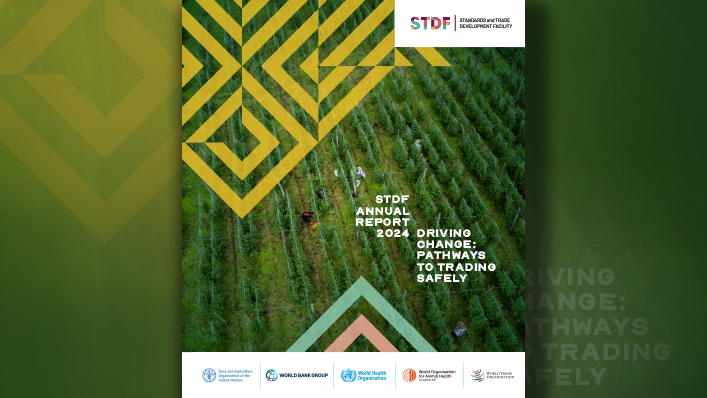
Key upcoming events, such as the RBI’s monetary policy meeting and the Q4FY25 earnings season, are set to influence market sentiment further.
| Photo Credit:
Domestic markets are likely to open on Friday marginally down amid the global rout. According to analysts, marketmen still assess US tariff’s impact on various sectors. “Though the initial reaction was somewhat positive due to relatively better tax compared with other major economies, experts are still reading the fine prints,” said analysts.
Siddhartha Khemka, Head—Research, Wealth Management, Motilal Oswal Financial Services Ltd, said the impact could be further reduced as India is in the process of negotiating a bilateral agreement with the US.
Downward pressure seen
Emay Global, in a note, said that Indian markets have not priced in yet the US tariff announcements.
“We see further downside for Indian equities in 1QYF26, notwithstanding the complacent response to the reciprocal tariffs by the US. The direct impact on India may be muted, but the resulting US recession poses a about 3% risk to FY26 Nifty EPS and the consequent derating could push the Nifty down to 21,500. Longer term, rate cuts and commodity price corrections would counterbalance this, and we remain positive on domestic-facing sectors like discretionary consumption,” it said in a note.
India’s growth and inflation will have a downward bias, and China’s survival response to the massive tariff blow will matter for India, amid its excess industrial capacity and dumping in the world/Asia, and CNY as a policy tool., it said adding “Notwithstanding the lower relative tariff and exports hit, India is unlikely to be non-synced with EM Asia in a cyclical downturn. EM central banks/RBI will have to confront various push and pull factors via the financial market route, even with the growing easing bias.”
Betting on bilateral negotiations
According to Tanvee Gupta Jain, Chief India Economist at UBS Securities, “The sheer magnitude of what is being proposed now under the new tariff hikes suggests further downside risk to India’s growth forecasts to the tune of 30- 50bp. However, as a bilateral trade agreement between the US and India materialises, we believe the net impact could be reduced. With India’s cyclical recovery already underway, many of the economic headwinds of 2024 have started to reverse (i.e, pick-up in central government’s capex (up 26%YoY in H2 (Oct-Feb) versus -35% in H1), proactive liquidity support, regulatory easing and rate cuts). We think the prolonged global uncertainty”
Meanwhile, Gift Nifty at 23.220 against Nifty futures close of 23,326 signals another gap-down opening of about 100 points for Nifty. Despite a sharp fall on Thursday, equities across Asia are in deep red amid stagflation/recession fears. Japan’s Nikkei slumped another 2.5 per cent, and Korea’s Kospi plunged another 6 per cent. US stocks witnessed their biggest single-day fall since 2020, wiping out nearly $2 trillion in market cap.
“With the major event now done-with, market focus will now shift towards the RBI’s monetary policy on 9th April and the Q4FY25 earnings season kicking off from next week,” Khemka added.
Vaibhav Porwal, Co-Founder of Dezerv, said: While tariffs will create near-term market volatility, they are unlikely to significantly derail India’s economic revival. “The Indian economy’s fundamental strength comes from its consumption-driven nature and relatively stable macroeconomic indicators. Several positive factors are cushioning the impact of tariffs: India’s beneficial position in supply chain diversification efforts (the “China +1” strategy), its comparatively low export dependence, softening commodity prices that help manage inflation, and the beginning of an easing rate cycle. These elements combine to create a resilient economic environment despite international trade pressures. The projected equity market returns of 8-12% for the financial year reflect this balanced outlook. India’s economic revival remains on track, though with more selective opportunities than before and requiring more strategic investment approaches to navigate the uneven terrain created by global trade tensions.”
Trading in derivative market signalling mixed trend, said analysts.
Chandan Taparia, Head Derivatives & Technicals, Wealth Management, Motilal Oswal Financial Services Ltd, said: The FIIs long-short ratio is hovering near 30% and Put Call Ratio is also hovering around 1 indicates mix cues. On the options front, the Maximum Call OI is at 24000, then 23500 strike, while the Maximum Put OI is at 23000, then 23200 strike. Call writing is seen at 23300, then 23600 strike, while Put writing is seen at 22800, then 23000 strike. Options data suggests a broader trading range between 22700 to 23700 zones and an immediate range between 23100 to 23500 levels, he added.
Published on April 4, 2025









